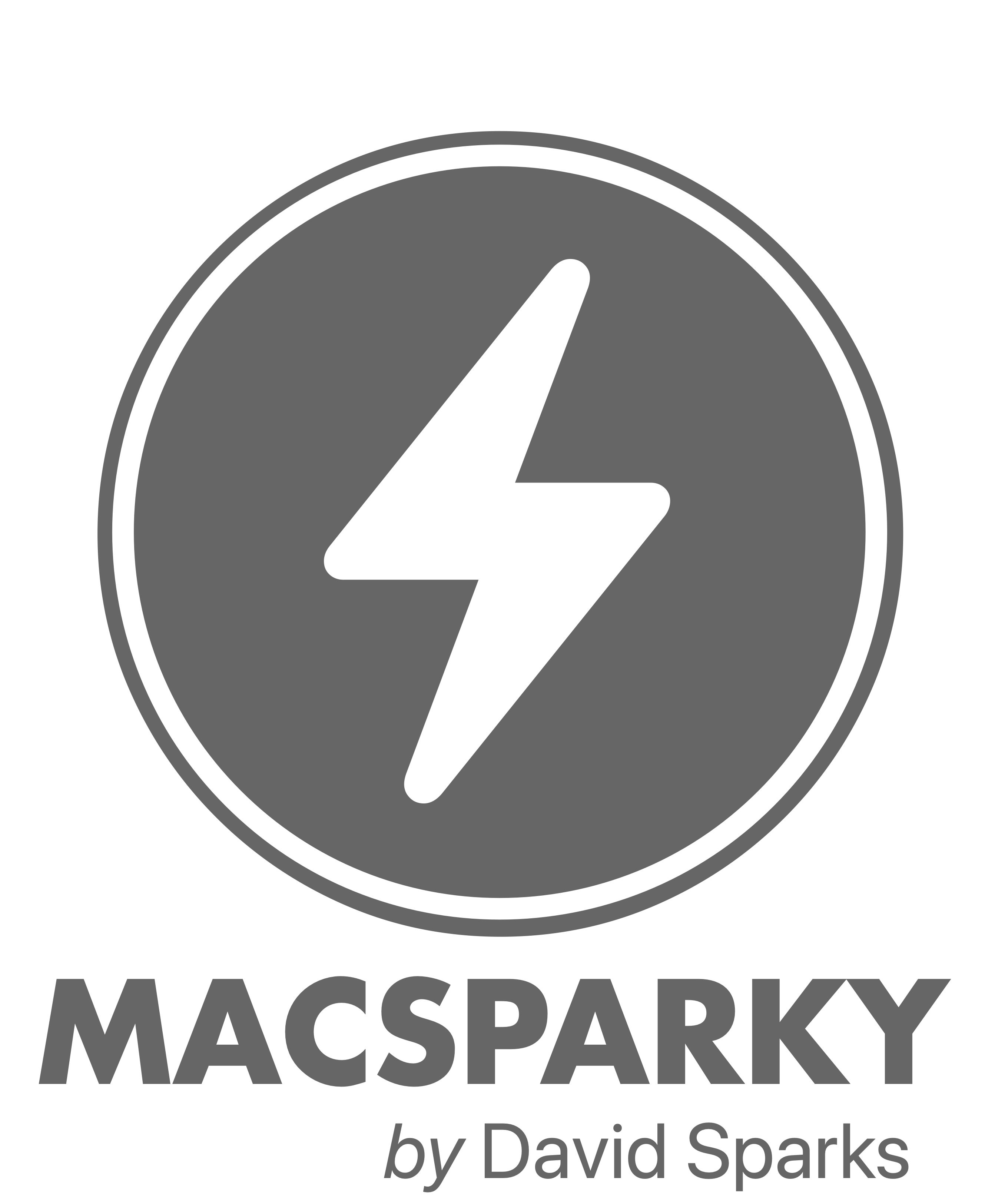
As our computers get more powerful and our entertainment media gets more digital there is a natural progression to computers serving as our media hub. I think we are in the very begining stages of this shift but there is no shortage of products available to accomplish this. One such product is SageTV’s media center.
SageTV is a computer-centric solution for digital PVR solutions. It has versions for Windows, Linux, and OS X. The Mac install process is quick and painless walking you through a series of menu options to configure the various options available to you. You can pull media from your drive, the internet or a TV signal if you have one going into your Mac.
Once you have everything set up you are free to go on a content preference rampage. Telling your Mac what to record and when. The software can also make suggestions to you. Searching by category I found several interesting shows that I didn’t even know exist.
In addition to regular television programming, you can access google video and your own media. Like any DVR, it also gives you the ability to play, fast-forward, or pause when life gets in the way or you just want to get past the commercials.
I thought the personal media features were nice allowing me to put together slideshows of photos and some of my favorite John Coletrane music. SageTV brings it all together in a pleasant user interface.
SageTV isn’t content to just sit on your computer though. It easily converts your media to AppleTV and iPod formats. Also, using the the additional Placeshifter software you can watch your programming across the network or across the country. Using a high speed internet connection you can watch your access your stored media from just about anywhere.
One note to be wary of is hard drive space. Downloading video media takes a lot of hard drive space. The program has some built in preferences that allows you to limit the space but it is amazing how quickly you can fill up your drive. If you get serious about a Mac based home media center you probably need to get get some large hard drives.
The point that strikes me after using SageTV is just how easy it is to coordinate media on your computer. In addition to the home media center crowd, I think the SageTV software is also good for people like college students who don’t have much room for a TV and routinely watch television on their Macs. It essentially gives you TIVO style functionality along with several more bells and whistles. I think it is also good for road warriors. If you set it up right and have a high speed internet connection you can phone home and plug into your recording library from a hotel.
You can pick up SageTV and Placeholder together for $99 at SageTV.com. For an additional $100 you can also get the MyTVPVR device to get a TV signal into your Mac.
Continue reading →











